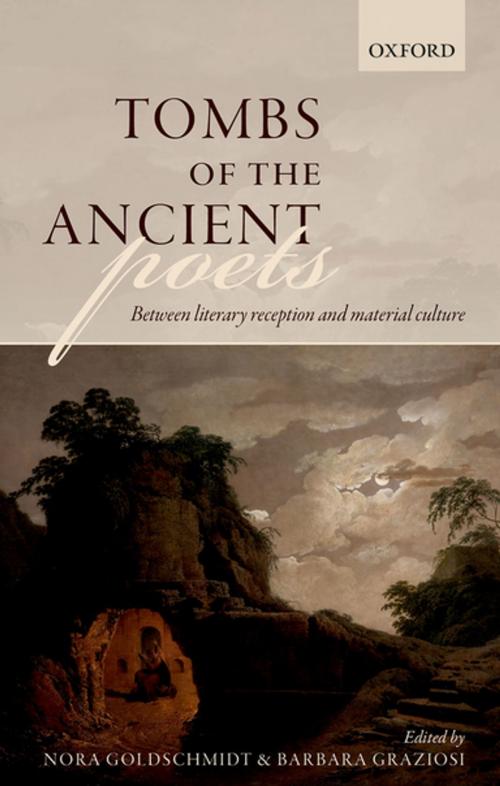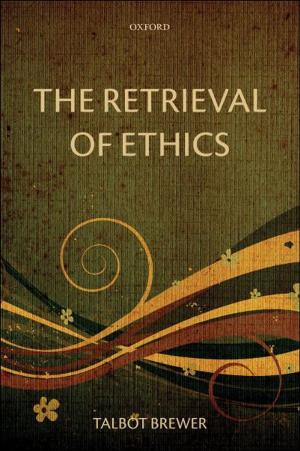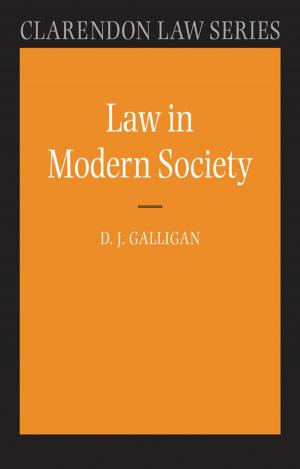Tombs of the Ancient Poets
Between Literary Reception and Material Culture
Fiction & Literature, Poetry, Literary Theory & Criticism, Nonfiction, History| Author: | ISBN: | 9780192561046 | |
| Publisher: | OUP Oxford | Publication: | September 20, 2018 |
| Imprint: | OUP Oxford | Language: | English |
| Author: | |
| ISBN: | 9780192561046 |
| Publisher: | OUP Oxford |
| Publication: | September 20, 2018 |
| Imprint: | OUP Oxford |
| Language: | English |
This volume explores the ways in which the tombs of the ancient poets - real or imagined - act as crucial sites for the reception of Greek and Latin poetry. Drawing together a range of examples, the collection makes a distinctive contribution to the study of literary reception by focusing on the materiality of the body and the tomb, and the ways in which they mediate the relationship between classical poetry and its readers. From the tomb of the boy poet Quintus Sulpicius Maximus, which preserves his prize-winning poetry carved on the tombstone itself, to the modern votive offerings left at the so-called 'Tomb of Virgil'; from the doomed tomb-hunting of long-lost poets' graves, to the 'graveyard of the imagination' constructed in Hellenistic poetry collections, the essays collected here explore the position of ancient poets' tombs in the cultural imagination and demonstrate the rich variety of ways in which they exemplify an essential mode of the reception of ancient poetry, poised as they are between literary reception and material culture.
This volume explores the ways in which the tombs of the ancient poets - real or imagined - act as crucial sites for the reception of Greek and Latin poetry. Drawing together a range of examples, the collection makes a distinctive contribution to the study of literary reception by focusing on the materiality of the body and the tomb, and the ways in which they mediate the relationship between classical poetry and its readers. From the tomb of the boy poet Quintus Sulpicius Maximus, which preserves his prize-winning poetry carved on the tombstone itself, to the modern votive offerings left at the so-called 'Tomb of Virgil'; from the doomed tomb-hunting of long-lost poets' graves, to the 'graveyard of the imagination' constructed in Hellenistic poetry collections, the essays collected here explore the position of ancient poets' tombs in the cultural imagination and demonstrate the rich variety of ways in which they exemplify an essential mode of the reception of ancient poetry, poised as they are between literary reception and material culture.















